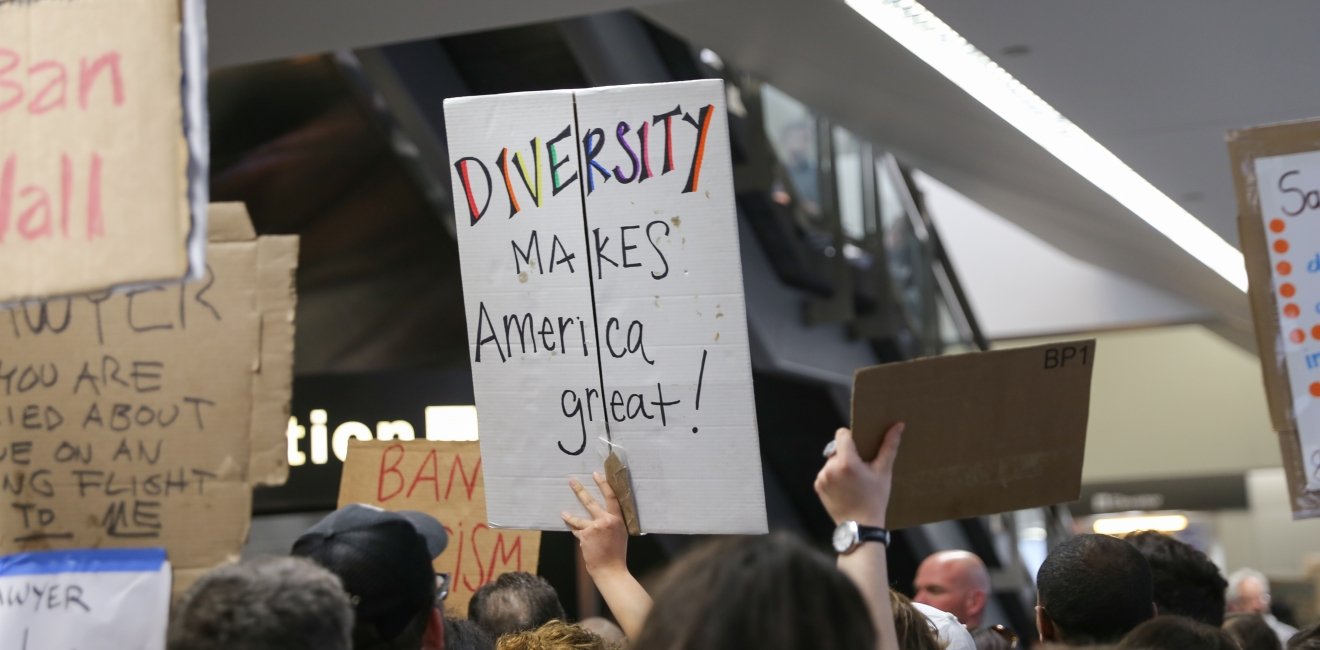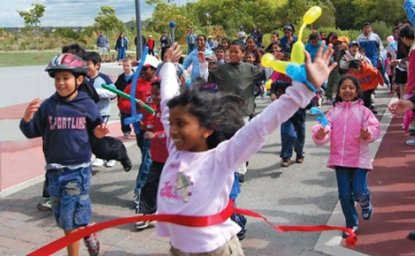One very dark December morning in the early 1990s I found myself shuffling my boot-clad feet, trying to keep warm as I waited on an ice-covered rail platform 150-odd miles northeast of Moscow. As a Russian colleague and I began to conclude the train would never arrive, he quietly explained that we were standing atop hundreds of bodies. The prison trains leaving Moscow during the 1930s arrived in these very same switching yards and, as they were divided up to head to different labor camps, those who hadn’t survived were simply tossed into a pit by the tracks.
Traveling around the former Soviet Union during the 1990s and 2000s I visited a score of mass gravesites scattered across eleven time zones. Some are now marked by elaborate monuments, others are identified by simple Orthodox crosses. Many more exist only by the memories of those who know.
"How can we avoid slaughtering one another as more and more humans who can’t stand each other must share the same space?"
The 20th Century was humankind’s bloodiest by far, and the challenge of the twenty-first must be to avoid the carnage that preceded it. The task is in no way a simple one as people move around more easily than in the past, crowd into cities at unprecedented rates, and increasingly encounter others whom they simply do not like. How can we avoid slaughtering one another as more and more humans who can’t stand each other must share the same space? We don’t seem to know.
We are doomed to repeat the slaughter of the past if the answer has to be to turn haters into lovers; the intolerant into tolerant. The resolution can only be to make it more advantageous for people to act as if they tolerate one another. To do so requires constant civic leadership and a mindset which rejects the complacency that often accompanies success. The task of managing diversity is never complete.
"...diversity as a form of capital that we can invest in our societies for our own benefit."
One way of thinking about the challenges we face is to view diversity as a resource to be managed, aggregated, cultivated, expended, and utilized. To think, in other words, of diversity as a form of capital that we can invest in our societies for our own benefit. Such “diversity capital” provides a menu of responses that advance accommodation to difference. Like monetary capital, over time “diversity capital” can accumulate interest and grow, be invested, be spent, be lost, and be put to good or bad use. And this entire repertoire can expand or contract. Once again, the rationale for developing diversity capital need not be as ambitious as convincing intolerant people of the virtues of tolerance. More simply, the objective can be to establish rules of the game that make it advantageous for intolerant people to act as if they are tolerant.
"what happens on a bus or in a shop can be as important—perhaps even more important—as what happens at the city hall of a national legislature."
Effective responses to diversity must become embedded in official—usually democratic—institutions. And just as important, they must promote customs and norms, and thus habits of acceptable behavior and thought. In other words, what happens on a bus or in a shop can be as important—perhaps even more important—as what happens at the city hall of a national legislature. Which is why the basic polite civility that is now disparaged as “political correctness” becomes important. Again, the goal is not to alter what is in the minds and hearts of those who encounter one another; rather, it is to structure the rewards of interaction so as to enable everyone to find benefits from coming into contact with one another. In this way, the gains of civil interaction can enter a virtuous cycle which amplifies the benefits of diversity while mitigating some of the challenges.
"...the goal is not to alter what is in the minds and hearts of those who encounter one another; rather, it is to structure the rewards of interaction so as to enable everyone to find benefits from coming into contact with one another. "
None of this is as difficult as it may sound. In fact, tens of millions of Americans live their lives this way every day at work, in civic life, on sports teams, and while moving around their neighborhoods, states, and the country as a whole. Our ability to accommodate diversity despite deep emotional differences has contributed to our success as a nation.
We appear to be headed in the opposite direction at the moment. As we do, we need to be clearheaded about the price of refighting the past rather than building a successful future. If we fail to convert the diversity we experience every day into an asset, our grandchildren will find themselves someday standing on the mass graves of failure.
Blair A. Ruble is Vice President for Programs at the Woodrow Wilson Center.
This article was originally published on Real Clear World.
The opinions expressed here are solely those of the author.






